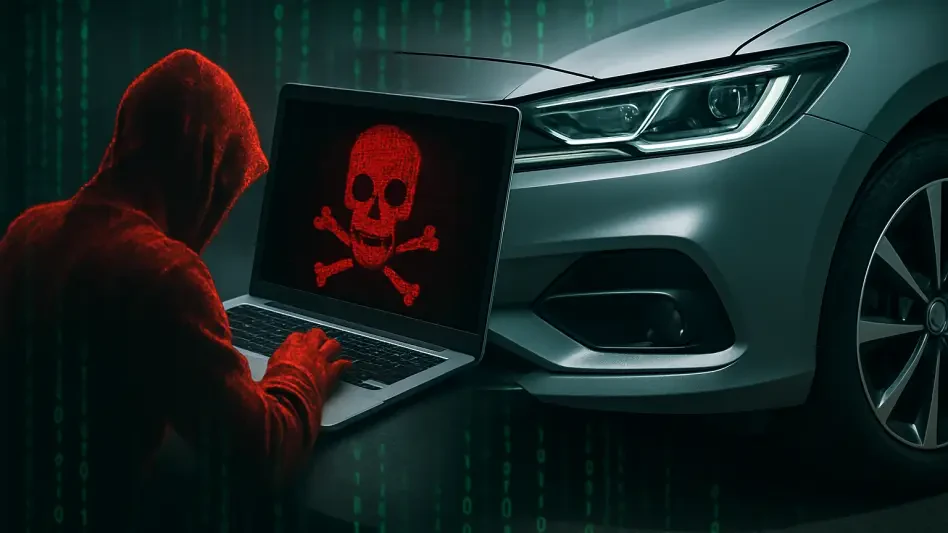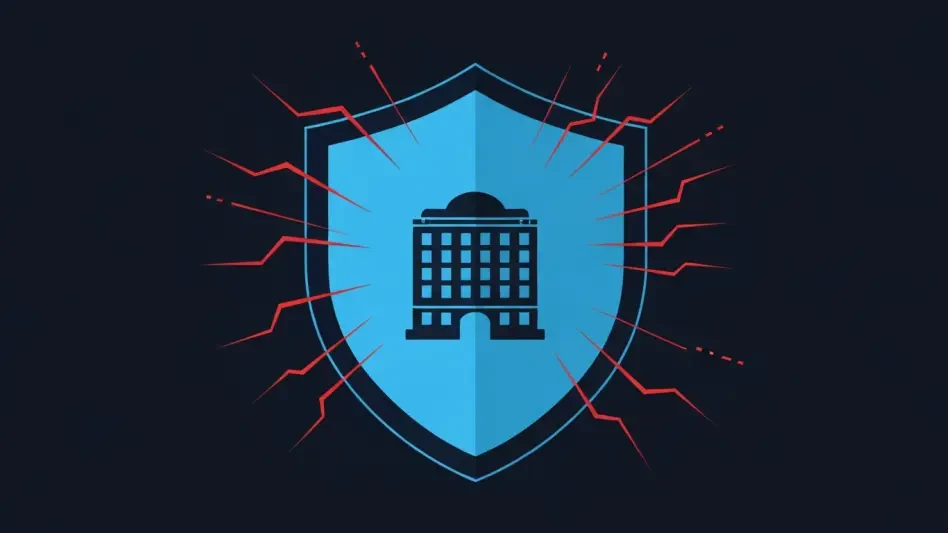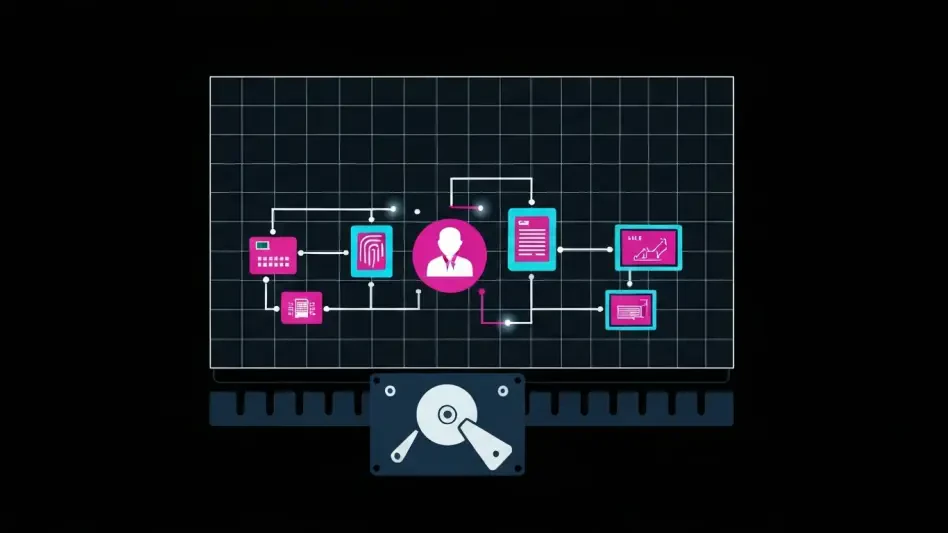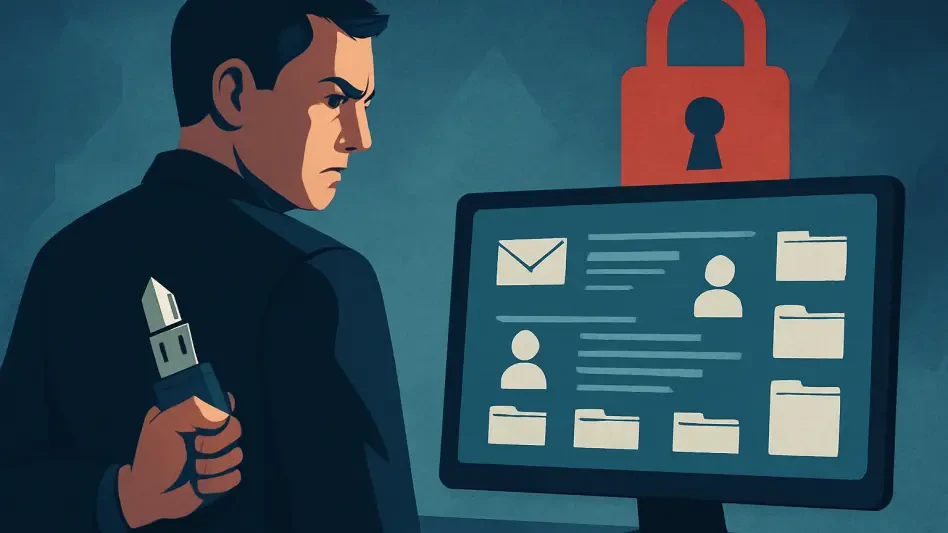In an era where digital infrastructure underpins nearly every facet of industrial operations, the automotive sector finds itself increasingly under siege by sophisticated cyber threats, with a recent incident targeting Bridgestone Americas serving as a stark reminder of this vulnerability. This subsidiary of the globally recognized tire manufacturer based in Japan faced a significant disruption due to a cyberattack, temporarily halting operations at several of its manufacturing facilities. While the company managed to contain the breach swiftly, the event underscores a troubling trend of digital assaults on major players in the auto industry. Such incidents not only disrupt production but also raise pressing questions about the security of sensitive data and the resilience of interconnected systems. As cybercriminals grow bolder and more organized, the implications of these attacks ripple far beyond immediate operational setbacks, demanding a closer examination of both the specific case and the broader landscape of threats facing the sector.
Rising Cyber Threats in the Automotive Sector
Vulnerability of Industry Giants
The automotive industry, long a cornerstone of global manufacturing, has become a prime target for cybercriminals due to its reliance on complex, interconnected digital systems, as evidenced by the recent cyber incident at Bridgestone Americas. This attack, described as a “limited cyber incident,” forced a temporary shutdown of operations at certain facilities, highlighting how even industry giants are not immune to such disruptions. Fortunately, swift action by the company ensured that the breach was contained, with no evidence of compromised customer data or interfaces. A spokesperson expressed confidence in a rapid return to normalcy, projecting full restoration within days while forensic teams work to uncover the attack’s origins. This incident serves as a critical reminder that the sector’s digital transformation, while driving efficiency, also exposes vulnerabilities that can be exploited with devastating effect, necessitating robust defenses to protect both operations and reputation.
Parallel Disruptions Across the Sector
Beyond Bridgestone Americas, the automotive sector has witnessed similar cyberattacks, with Jaguar Land Rover recently grappling with a severe breach that disrupted production across its facilities. In response, the company initiated a proactive shutdown of systems and carefully orchestrated a restart of global applications to mitigate further damage. Like their counterparts, Jaguar Land Rover reported no confirmed loss of customer data, though investigations continue into claims of responsibility tied to various hacker groups. This parallel incident, occurring within weeks of the Bridgestone attack, points to a disturbing pattern of targeting within the industry, likely driven by the high value of operational data and the potential for significant disruption. The convergence of these events underscores an urgent need for heightened vigilance and investment in cybersecurity measures to safeguard against threats that can paralyze production lines and erode consumer trust in an increasingly competitive market.
Evolving Nature of Cybercriminal Networks
Fluid and Complex Hacker Collectives
Delving deeper into the forces behind these cyberattacks reveals a complex web of loosely organized criminal networks that pose unique challenges to the automotive industry, as seen in the incidents involving Bridgestone Americas and Jaguar Land Rover. Groups such as Scattered Spider, Lapsus$, and ShinyHunters, along with individuals like “Rey” from the Hellcat group, operate with a blend of financial motives and a desire for notoriety. These collectives often lack rigid hierarchies, making attribution a daunting task for cybersecurity experts. Their frequent collaborations further blur the lines of responsibility, complicating efforts to track and neutralize threats. This fluidity, combined with sophisticated social engineering tactics, transforms these attacks into more than just technical breaches; they become battles against human manipulation, requiring a nuanced approach to defense that goes beyond traditional firewalls and antivirus software.
Collaborative Response and Future Defense
In the face of such intricate threats, the response from affected companies like Bridgestone Americas and Jaguar Land Rover illustrates the importance of rapid, coordinated action to mitigate damage and prevent recurrence. Both entities have prioritized business continuity and data protection, working closely with law enforcement and third-party forensic specialists to restore operations safely. Transparency with regulatory bodies, such as the U.K. Information Commissioner’s Office in Jaguar Land Rover’s case, reflects a commitment to legal compliance alongside technical recovery. Cybersecurity experts emphasize that these incidents highlight the need for ongoing collaboration across the industry to combat evolving hacker tactics. Looking ahead, the focus must shift toward proactive measures—strengthening defenses against social engineering and investing in advanced threat detection—to address the persistent challenges posed by collaborative criminal networks. Only through such unified efforts can the sector hope to stay ahead of cybercriminals who continuously adapt their strategies.








